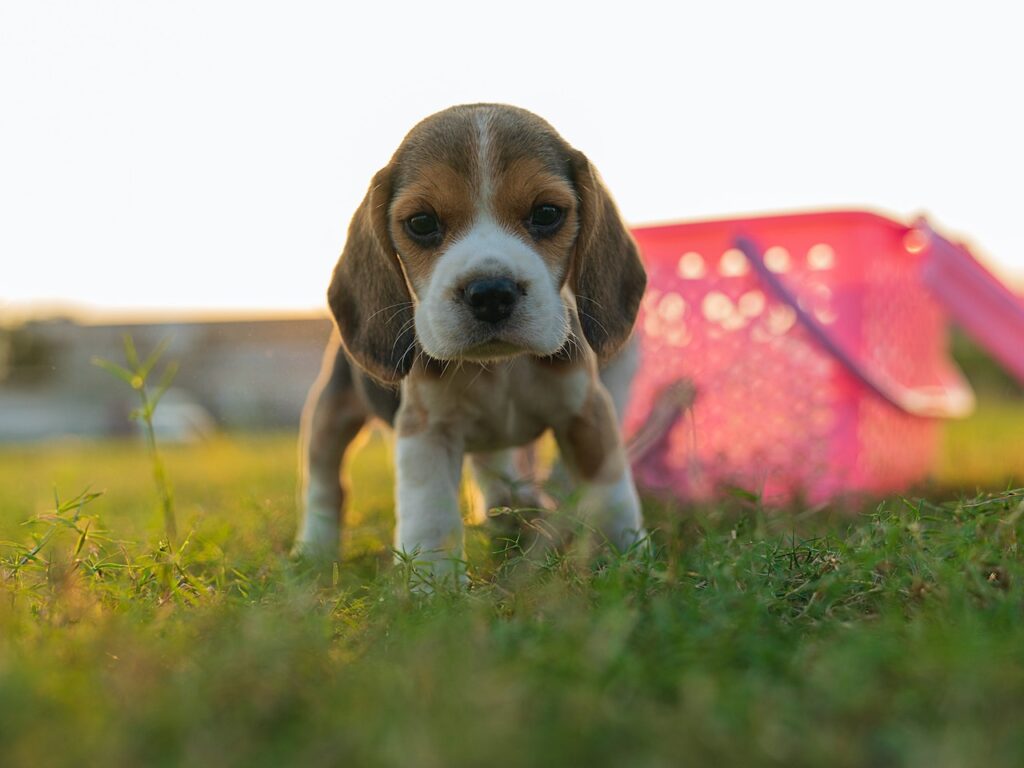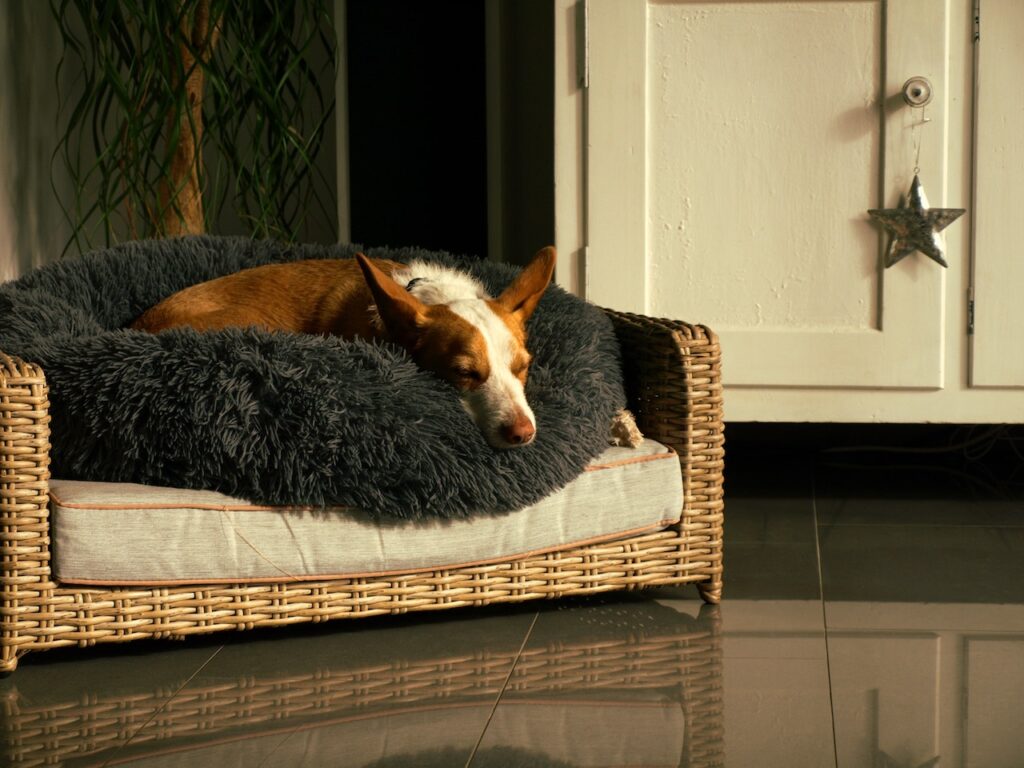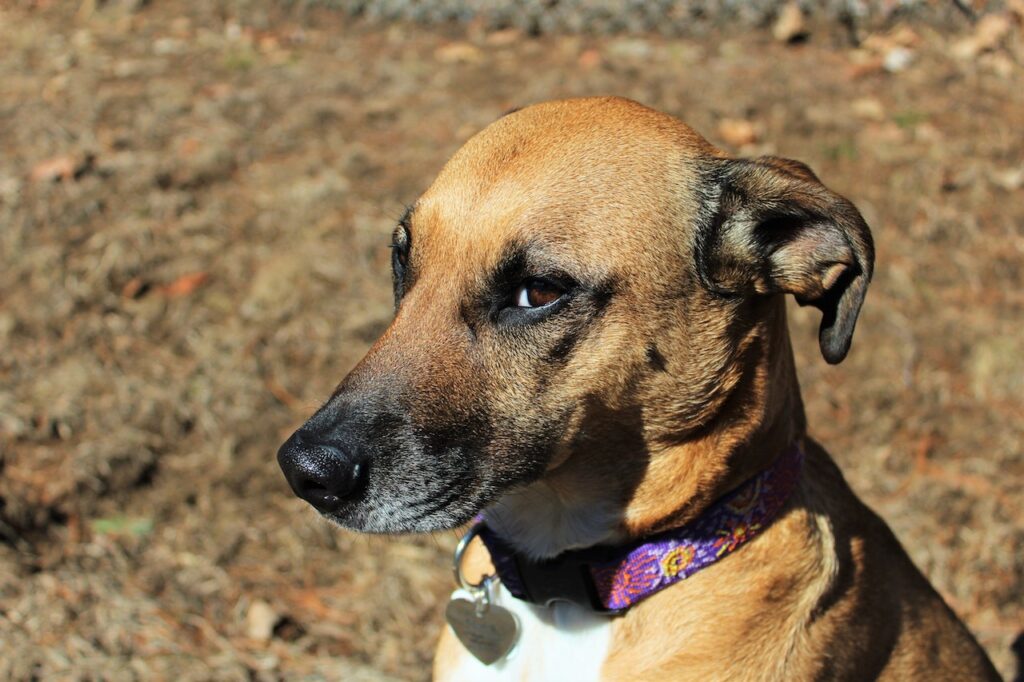A guide to exercising a puppy
Bringing home a new puppy is an exciting time, filled with joy and endless cuddles. As responsible pet owners, it is crucial to provide our puppy companions with the care they need and exercise is an essential component of their overall well-being. When it comes to exercising a puppy, it’s important to provide a balanced mix of physical exercise, mental stimulation and social interaction
In this blog, we will explore the different types of exercise you can give a puppy, the importance of proper exercise for puppies and provide practical guide to the amount of time a puppy should be exercised through play and walks. We also look at the dangers of over exercising and walking a puppy. We also give links to carefully selected products and relevant products available in the marketplace.
The different types of exercises for puppies
Playtime
At home engage in interactive play sessions with your puppy using toys such as balls, squeaky toys, tug ropes or puzzle toys. This helps them burn off energy, improve coordination and strengthen their bond with you.
Walks
Take your puppy for short walks appropriate for their age and breed. Walking allows them to explore their surroundings, experience different sights and smells. Gradually increase the duration of walks as they grow.
Off-Lead Play
Find safe areas where your puppy can have supervised off-lead playtime with other friendly and vaccinated dogs. This allows them to socialise, learn proper dog-to-dog interaction and engage in playful behaviour.
Mental Stimulation
Incorporate mentally stimulating activities into your puppy’s routine, such as puzzle toys, treat-dispensing toys or obedience training sessions. Mental exercises challenge their cognitive abilities and helps prevent boredom and destructive behaviour.
Basic Obedience Training
Teach your puppy basic commands. Training sessions not only provide mental stimulation but also establish boundaries, improve communication and enhance their overall behaviour and responsiveness.
Interactive Games
Engage in interactive games like hide-and-seek, fetch, or scent games. These activities stimulate their natural instincts, encourage problem-solving and promote physical exercise in a fun and engaging way.
Swimming
If your puppy enjoys water and is in a safe environment, swimming can be a great form of exercise. It provides low-impact exercise that is easy on their joints while allowing them to cool down and have fun.
Puppy Classes
Enrol your puppy in a local puppy training or socialisation classes. These classes provide structured exercises, social interaction with other puppies, and guidance from professional trainers to ensure proper exercise and socialisation. Groups in your local area can usually be found on Facebook.
Remember to tailor the exercise routine to your puppy’s age, breed and individual needs. Be mindful of their energy levels and avoid over-exercising, especially with young puppies. Always provide plenty of water, rest breaks and monitor their overall well-being during exercise. Regular exercise not only keeps your puppy physically fit but also contributes to their mental and emotional well-being.
Snuffle Mat | HomeMall Snuffle Mat for dogs Puppy Training Pad. The mat is 50cm x 70cm and is an interactive puzzle toy. Made of high quality soft fleece, the mat has several areas / pockets to hide treats, your puppy then has to forage so keeps them mentally and physically stimulated. To be used under supervision |
Snuffle Ball | Baoblaze Snuffle Ball for dogs Available in 2 main colours green or red. An interactive dog toy suitable for puppies of all sizes. The dog sniffing ball is a round ball with fabric rolled up in each pocket a treat can be hidden and your puppy has to work out how to get to the treats so great stimulting and time consuming play. To be used under supervision. |
Puzzle Toy | Puppy Brain Game with slow feeder Non slip puzzle toy for puppies and dogs. There are 14 compartments in this puzzle game where food and treats can be hidden. Designed to improve IQ and cognitive abilities of both dogs and puppies. The puzzle is availiable in three colours blue, pink and green. |
The importance of exercise for a growing puppy
Regular exercise is vital for a puppy’s physical, mental and emotional development. It helps them burn off excess energy, maintain a healthy weight, build strong muscles and bones, improve coordination and balance plus stimulate their minds. Exercise also plays a crucial role in preventing behavioural issues that can arise from pent-up energy, such as destructive chewing or excessive barking. We covered the topic of Puppy biting and chewing in another article click here to have a read.
Tailoring Exercise to Your Puppy's Age and Breed
Every puppy is unique and their exercise needs may vary depending on factors such as age, breed, and individual energy levels. It’s essential to consider these factors when designing an exercise routine for your puppy friend. Young puppies require shorter bursts of playtime, while older ones may engage in longer walks or more high energy activities. Breeds with high energy levels, such as working or sporting breeds, may need more intense exercise sessions to stay physically and mentally stimulated.
Structured Playtime and Interactive Toys
Incorporating structured playtime into your puppy’s routine is an excellent way to provide exercise while also bonding with them. Engage in games like fetch, tug-of-war, or hide-and-seek to encourage physical activity and mental stimulation. Additionally, interactive toys, such as puzzle feeders or treat-dispensing toys, can keep your puppy entertained and mentally engaged while providing a fun exercise opportunity.
Lead Training and Daily Walks
Lead training is an essential skill for puppies, enabling them to explore the world safely. Daily walks not only provide physical exercise but also expose your puppy to various sights, sounds and smells, helping them become well-socialised and confident. Start with short walks and gradually increase the duration as your puppy grows. Remember to use a properly fitted harness or collar and a sturdy leash for their safety. We take a closer look at lead walking puppies in another blog, click here to take a look.
Supervised Off-Lead Playtime
Once your puppy has received all their vaccinations and is old enough, supervised off-lead playtime in a secure, fenced area can be beneficial. It allows them to socialise with other dogs, engage in free play and burn off excess energy. This type of play should always be monitored to ensure their safety and prevent any aggressive behaviour.
Mental Stimulation through Training
Incorporating training exercises into your puppy’s routine not only helps them learn essential commands and manners but also provides mental stimulation. Training sessions challenge their minds and tire them out, contributing to their overall well-being. Use positive reinforcement techniques and keep sessions short and fun to maintain their interest and enthusiasm.
Proper exercise is a vital aspect of raising a happy and healthy puppy. Enjoy the journey of exercising with your puppy and cherish the precious moments of play and bonding.
Bundle of Toys | Rioddas Puppy Toy Bundle Suitable for puppies over the age of 8 weeks. This 7 piece toy bundle is great for interactive play time with your puppy. Each rope toy is made from safe non-toxic 100% natural cotton. A great way to keep your puppy entertained through playful exercise. |
Squeaky Toyl | Cpyosn Squeaky Toy Available in packs of 1or 2 toys in different colours. This octopus toy is stuffing free with a squeaky head to get your puppies attention. The 8 tails give a paper crinkle sound to further alert your pup to play The octopus has embroidered eyes so can't be eaten and is also machine washable. |
Squeaky Balls | Petizer Squeaky Spiky Dog balls Pack of three balls availaible in 2 sizes. These squeaky, spiky balls float in water and are non toxic and BPA free. The squeaky is designed to encourage hunt and play instincts. The spiky element is designed to prevent choking and is perfect for interactive throw and fetch play. |
What is the appropriate amount of time to exercise and walk a puppy?
The appropriate amount of time to walk a puppy can vary depending on their age, breed, and overall health. It’s important to consider their physical capabilities and gradually increase the duration of walks as they grow. Here are some general guidelines for walking puppies:
Age
For very young puppies, short walks of about 5-10 minutes, multiple times a day, are sufficient. As they grow and develop, you can gradually increase the duration of their walks.
Breed
Different breeds have different exercise requirements. Some breeds are more energetic and may need longer walks or more intense exercise sessions, while others may be more laid-back and require shorter walks. Research your puppy’s breed to get an idea of their exercise needs.
Physical Health
Take your puppy’s physical health into consideration. If they have any health issues or are recovering from an injury illness or surgery, consult with your vet about appropriate exercise levels and any restrictions.
Energy Level
Observe your puppy’s energy level and behaviour during walks. If they start to slow down, show signs of exhaustion it may be a sign that they have had enough exercise for the time being.
Gradual Increase
It’s important to gradually increase the duration and intensity of walks as your puppy grows. Over-exercising a young puppy can put excessive strain on their developing bones and joints, so it’s best to be cautious and increase their exercise gradually.
Mental Stimulation
Remember that walks are not just about physical exercise but also mental stimulation. Allow your puppy time to sniff and explore their surroundings, as this provides valuable mental stimulation for their growing minds.
Always pay attention to your puppy’s behaviour and adjust their exercise routine accordingly. If you have any concerns or questions about the appropriate amount of exercise for your specific puppy, consult with your vet for personalised guidance. Remember, the goal is to provide them with a healthy balance of physical activity, mental stimulation and plenty of love and attention!
What are the dangers of over exercising a puppy?
Over-exercising a puppy can pose several dangers and risks to their health and well-being. It’s important to understand and recognise these dangers to ensure you provide appropriate exercise for your puppy. Here are some potential dangers of over-exercising a puppy:
Growth Plate Injuries
Puppies have developing bones and joints and excessive exercise can put stress on these delicate structures. Over-exercise or intense exercise at a young age can lead to growth plate injuries, which may cause long-term skeletal problems.
Joint Problems
Certain breeds are more susceptible to joint problems like hip dysplasia or elbow dysplasia. Over-exercising a puppy, especially with high-impact activities such as jumping or excessive running on hard surfaces can increase the risk of developing these joint issues.
Muscle Strain or Injury
Puppies have developing muscles that may not be fully equipped to handle rigorous or prolonged exercise. Over-exercising a puppy can lead to muscle strain, sprains or other soft tissue injuries.
Exhaustion and Dehydration
Puppies may not be able to regulate their body temperature as effectively as adult dogs. Over-exercising can lead to exhaustion and overheating, which can be dangerous. Additionally, excessive exercise without sufficient water breaks can lead to dehydration.
Behavioural Issues
Puppies need ample time for rest, relaxation and sleep to support their growth and development. Over-exercising can result in physical and mental fatigue, which can contribute to behavioural problems such as hyperactivity, restlessness or increased anxiety.
Impact on Long-Term Health
Over-exercising a puppy during their critical growth stages can have long-term consequences on their overall health and mobility. It’s crucial to provide appropriate exercise that promotes healthy development without compromising their well-being.
Remember, providing a balance of exercise, mental stimulation and adequate rest is essential for your puppy’s overall health and happiness.










